#voyage 1969
Explore tagged Tumblr posts
Text
Title: 永夜返し (Return of the Eternal Night)
Arrangement: spctrm
Album: Duende
Circle: fromadistance
Original: Voyage 1969
#touhou#touhou project#eirin yagokoro#kaguya houraisan#voyage 1969#imperishable night#fromadistance#duende#spctrm#i always like posting one of my faves for my birthday#this is my favorite touhou album its sososooo good
34 notes
·
View notes
Text
Voyage 1969

"The Noah's Ark of the 20th century flew into space, carrying with it hopes and fears. However, it seems that just its hopes were left behind on the moon. Here in the 'future', in the 21st century, only fears and a handful of illusions seem to be all that remain." - ZUN, Touhou 8 IN 😞😞😞
Speed paint 😎
#listening to voyage 1969 made me feel nostalgic sigh#hetalia#hetalia fanart#nyotalia#ヘタリア#hws#digital art#aph america#hws america#myart
102 notes
·
View notes
Text

The Voyager, 1969 Aurora model
46 notes
·
View notes
Text
Someone posting actual baseball content on my dash. I thought it was a DS9 post, I was so confused.
#so cool to see DS9 references out in the wild#like that time I saw that Lego has the 1969 Camaro kit and I was like hmm nice Voyager reference
6 notes
·
View notes
Text

From the ABC Super Saturday Club! promo brochure. Fantastic Voyage - 1969.
#abc super saturday club#abc#cartoons#animation#vintage animation#the 60s#1969#fantastic voyage#saturday morning tv
1 note
·
View note
Text





Revisiting these pieces in light of the ongoing pandemic—thinking about hero’s and public safety, safe-guarding Black babies
#Phillip Lindsay Mason#Maiden Voyage#Marie Johnson Calloway#School Crossing Guard#mixed media#oil painting#1969#1970s#Black art#queer art
0 notes
Text
[Neil Gaiman] wrote, “Could we go a bit more Ballantine Adult Fantasy? Their “Worm Ouroboros” or “Voyage To Arcturus”? As if it’s a 1920s book someone is repackaging in 1969?”
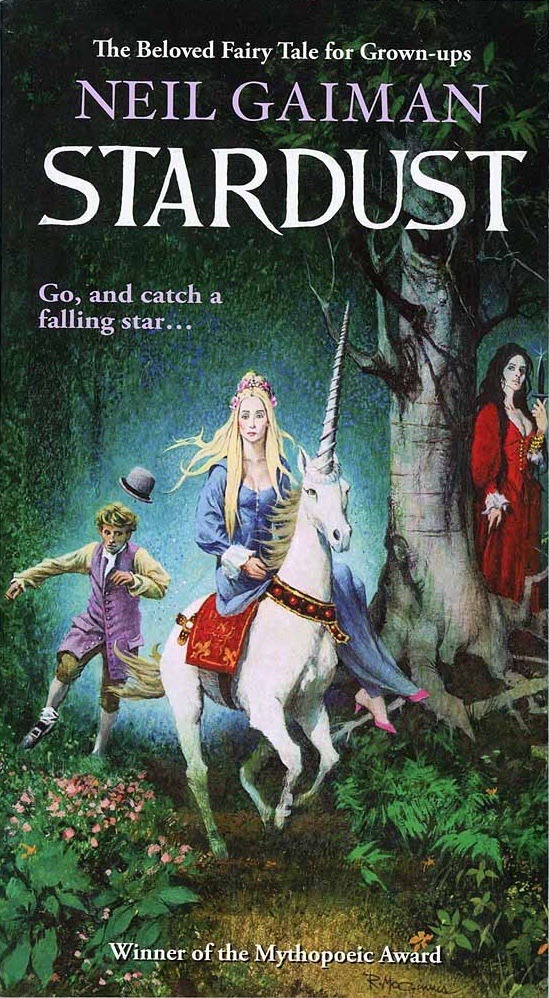
Todd Klein has a great post on his blog about his process to create the logo & lettering for the Robert McGinnis paperback version of Stardust.






2K notes
·
View notes
Text
First Man on MOON !
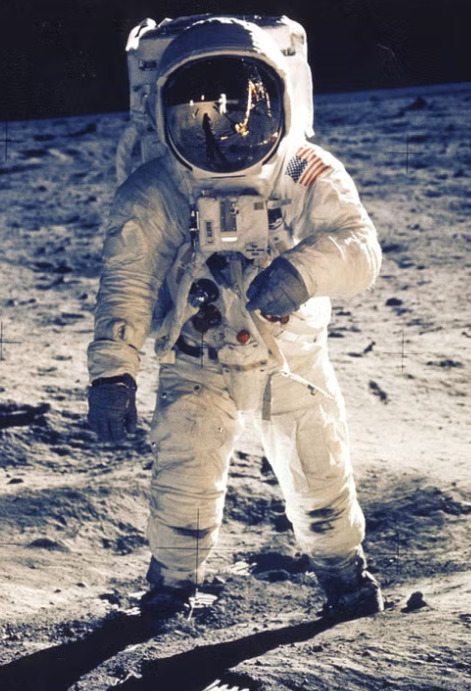
Four days after launching from Cape Kennedy in Florida, Neil Armstrong took “one small step for a man, one giant leap for mankind” on July 20, 1969, and became the first human to walk on the moon as part of the Apollo 11 mission. Less than 20 minutes later, Buzz Aldrin, who piloted the lunar module, joined his commander. The two explored the moon on foot for three hours while conducting experiments and collecting samples. After rejoining fellow astronaut Michael Collins, who also made the voyage, Armstrong and Aldrin returned to Earth on July 24.
#space#nasa#universe#art#astronomy#science#galaxy#moon#stars#cosmos#spacex#scifi#astrophotography#photography#earth#astronaut#love#alien#nature#mars#spaceart#sky#spaceexploration#planets#aliens#spaceship#spacetravel#rocket#digitalart#design
36 notes
·
View notes
Photo

TV Guide - September 19 - 25, 1964
Fall Preview: 1964 - 1965 Shows
ABC
12 O'Clock High (September 18, 1964 – January 13, 1967)
ABC Scope (November 11, 1964 – March 2, 1968)
The Addams Family (September 18, 1964 – April 8, 1966)
Bewitched (September 17, 1964 – March 25, 1972)
The Bing Crosby Show (September 14, 1964 – April 19, 1965)
Broadside (September 20, 1964 – May 2, 1965)
F.D.R. (January 8, 1965 - July 23, 1965)
Jonny Quest (September 18, 1964 – March 11, 1965)
The King Family Show (January 23, 1965 – September 10, 1969)
Mickey (September 16, 1964 – January 13, 1965)
No Time for Sergeants (September 14, 1964 – May 3, 1965)
Peyton Place (September 15, 1964 – June 2, 1969)
Shindig! (September 16, 1964 – January 8, 1966)
The Tycoon (September 15, 1964 – April 27, 1965)
Valentine's Day (September 18, 1964 – May 7, 1965)
Voyage to the Bottom of the Sea (September 14, 1964 – March 31, 1968)
Wendy and Me (September 14, 1964 – May 24, 1965)
CBS
The Baileys of Balboa (September 24, 1964 – April 1, 1965)
The Cara Williams Show (September 23, 1964 – April 21, 1965)
The Celebrity Game (April 6, 1964 - September 13, 1964 / April 8, 1965 - September 9, 1965)
The Entertainers (September 25, 1964 –March 27, 1965)
Fanfare (June 19, 1965 - September 11, 1965)
For the People (January 31 – May 9, 1965)
Gilligan's Island (September 26, 1964 – April 17, 1967)
Gomer Pyle, U.S.M.C. (September 25, 1964 – May 2, 1969)
Many Happy Returns (September 21, 1964 – April 12, 1965)
Mr. Broadway (September 26 – December 26, 1964)
The Munsters (September 24, 1964 – May 12, 1966)
My Living Doll (September 27, 1964 – March 17, 1965)
On Broadway Tonight (July 8, 1964 - March 12, 1965)
Our Private World (May 5 – September 10, 1965)
The Reporter (September 25 – December 18, 1964)
World War One (September 22, 1964 - April 18, 1965)
NBC
90 Bristol Court (October 5, 1964 - January 4, 1965)
Branded (January 24, 1965 – September 4, 1966)
Cloak of Mystery (May 11 - August 8, 1965)
Daniel Boone (September 24, 1964 – May 7, 1970)
The Famous Adventures of Mr. Magoo (September 19, 1964 – April 24, 1965)
Flipper (September 19, 1964 – April 15, 1967)
Harris Against the World (October 5, 1964 - January 4, 1965)
Hullabaloo (January 12, 1965 – August 29, 1966)
International Showtime (September 15, 1961 - September 10, 1965)
Karen (October 5, 1964 – April 19, 1965)
Kentucky Jones (September 19, 1964 – April 10, 1965)
The Man from U.N.C.L.E. (September 22, 1964 – January 15, 1968)
Moment of Fear (May 19 - September 15, 1964 / 25 May 25 - August 10, 1965)
NBC Wednesday Night at the Movies (September 16, 1964 - September 8, 1965)
Profiles in Courage (November 8, 1964 – May 9, 1965)
The Rogues (September 13, 1964 – April 18, 1965)
Tom, Dick and Mary (October 5, 1964 - January 4, 1965)
31 notes
·
View notes
Text
Hagio Moto’s Marginal and BL manga as feminist fabulation

Content Warning: Discussions of sexual assault and gendered violence
Major Spoilers for Marginal
Hagio Moto—a key manga artist of the year 24 group shoujo renaissance—is famous for her comics exploring gender and sexuality (The Poe Clan, The Heart of Thomas), and her often mystical, mind-expanding sci-fi (Otherworld Barbara), as well as works that do both (They Were Eleven, A, A’). Marginal, released from 1985-1987, is an example of this overlap. Set on a Dune-like desert world in which all women have died out, and all babies are born to a mysterious religious figure known as “Mother,” Marginal explores what gender relations might look like in a world with no women. Here, Hagio follows in a long sci-fi tradition of feminist novels and short stories like Suziki Izumi’s “Onna to onna no yononaka” (A World of Women and Women, 1977), Ursula Le Guin’s The Left Hand of Darkness (1969), Joanna Russ’s The Female Man (1975), and Kurahashi Yumiko’s Amanon koku ōkanki (Records of a Voyage to Amanon, 1986), which use a fantastical premise conduct speculative sociological experiments into other ways gender could be done. Marginal is very much worth the read alongside these texts, as a work of feminist fabulation which uses emergent “boy’s love” tropes to talk about heterosexual relationships, as much as to fantasize about homosexual ones.
Read it at Anime Feminist!
25 notes
·
View notes
Note
Hi! I really enjoy your Tumblr and your conservation work of 1970s sci-fi art. I recently inherited my dad's old sci-fi book collection, and was hoping to pass the cover art on to you. I don't know if you've already got some of these, but I figured I'd pass them on here!

'Traitor to the Living' by Philip Jose Farmer. Cover artists Hans Ulrich and Ute Osterwalder

'Time Out of Mind' by Pierre Boulle. Cover artist not listed.

'The Z Effect by Marshall Laurens. Cover artist Alan Magee.

'Buy Jupiter' by Isaac Asimov. Cover artist not listed.

'Endless Voyage' by Marion Zimmer Bradley. Cover artist not listed.
I'll send the others in further asks, to keep this from being too long!
Cool, thanks for sending these! Looks like the Time out of Mind artist is Richard Powers in 1969, and the Buy Jupiter cover is Peter Andrew Jones in 1976. Not sure about the artist for the Endless Voyage cover - it's apparently credited somewhere to a "Lombardo," and I wonder if that's a misprint of Joseph Lombardero's last name, as it looks kinda like his style.
I got all that information from ISFDB.org - it's basically a Wiki for sci-fi and fantasy books, and if you google a book title/author with "isfdb.org" at the end, you can usually find the cover artist listed!
295 notes
·
View notes
Text
Title: 遠野幻想物語 (Voyage 1969)
Arrangement: いんどなめこ
Album: 東方フィルハーモニー交響楽団3 永
Circle: 交響アクティブNEETs
Original: Voyage 1969
#Voyage 1969#touhou#eirin yagokoro#imperishable night#touhou project#東方フィルハーモニー交響楽団3 永#交響アクティブNEETs#いんどなめこ
19 notes
·
View notes
Text


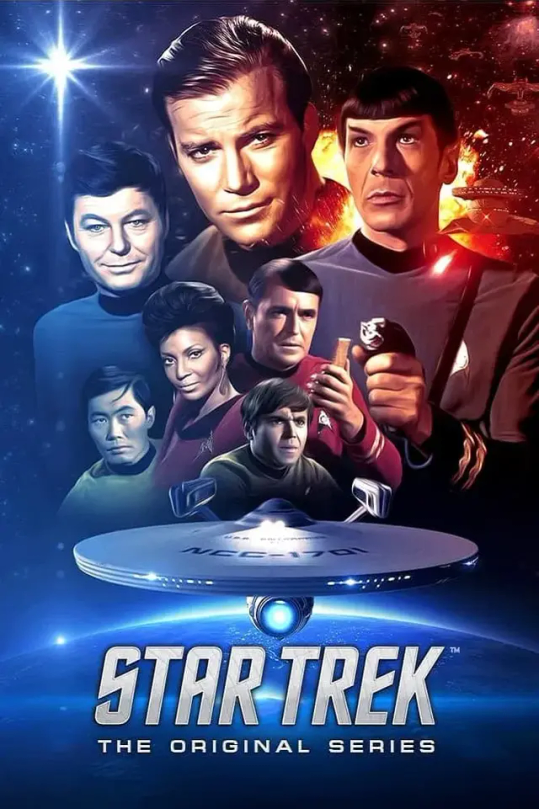


Colección series vintage, hoy STAR TREK : THE ORIGINAL SERIES (TOS) , en español se llamó VIAJE A LAS ESTRELLAS y también LA CONQUISTA DEL ESPACIO. Es una serie de TV de ciencia ficción creada por Gene Roddenberry y que salió al aire en tres temporadas entre los años 1966/1969 y con 80 capítulos con 29 para la 1ra , 26 para la 2da y 24 para la tercera y última, mas un capítulo extra en el año 1988. La serie esta ambientada en el siglo XXIII y sigue las aventuras de la nav e espacial ENTERPRISE NCC-1701 al mando del Capitan JAMES T.KIRK (𝗪𝗶𝗹𝗹𝗶𝗮𝗺 𝗦𝗵𝗮𝘁𝗻𝗲𝗿), su primer oficial el Sr SPOCK (𝗟𝗲𝗼𝗻𝗮𝗿𝗱 𝗡𝗶𝗺𝗼𝘆), el oficial medico en jefe LEONARD McCOY (𝗗𝗲𝗙𝗼𝗿𝗲𝘀𝘁 𝗞𝗲𝗹𝗹𝘆), la oficIal en comunicaciones NYOTA UHURA (𝗡𝗶𝗰𝗵𝗲𝗹𝗹𝗲 𝗡𝗶𝗰𝗵𝗼𝗹𝘀), los pilotos SULU Y CHEJOV (𝗚𝗲𝗼𝗿𝗴𝗲 𝗧𝗮𝗸𝗲𝗶 y 𝗪𝗮𝗹𝘁𝗲𝗿 𝗞𝗼𝗲𝗻𝗶𝗴) y el ingeniero de a bordo SCOTTY (𝗝𝗮𝗺𝗲𝘀 𝗗𝗼𝗼𝗵𝗮𝗻), todos ellos convertidos en celebridad con el paso del tiempo, algunos mas otros menos. Cuando la serie se estreno en 1966 no fue un éxito de inmediato pues la audiencia era baja y también los ingresos por publicidad e incluso antes de finalizar la 1ra temporada ya se hablaba de una cancelación.Su productor original Gene Roddenberry se alejó en la 3ra temporada y al final de esta, la serie fue cancelada. Sin embargo la serie fue extremadamente popular luego de una redifusión en la década del 1970, tanto que fue seguida de 10 series más y algunas de pronto estreno.
1-Star Trek: La serie animada: Se emitió entre 1973 y 1974. 2-Star Trek: The Next Generation: Se emitió entre 1987 y 1994. 3-Star Trek: Deep Space Nine: Se emitió entre 1993 y 1999. 4-Star Trek: Voyager: Se emitió entre 1995 y 2001. 5-Star Trek: Enterprise: Se emitió entre 2001 y 2005. 6-Star Trek: Discovery: Se emitió entre 2017 y 2024k. 7-Star Trek: Picard: Se emitió entre 2020. 8-Star Trek: Lower Decks: Estreno 2020 y concluye a final 2024. 9-Star Trek: Prodigy: Se emitió entre 2021 y 2024. 10-Star Trek: Strange New Worlds: Estreno 2022 y aún al aire. 11-Star Trek: Starfleet Academy: Se estrenará en 2025.
Obviamente que la franquicia no se quedo solo en la creación y emisión de series, sino que también se crearon películas, que hasta la fecha son 6 con los personajes de la serie original, el Capitán Kirk, Spock, Uhura y otros.
1-Star Trek:The Motion Picture (1979). 2-Star Trek II: The Wrath of Khan (1982). 3-Star Trek III: The Search for Spock (1984). 4-Star Trek IV: The Voyage Home (1986). 5-Star Trek V: The Final Frontier (1989). 6-Star Trek VI: The Undiscovered Country (1991).
Con el resurgimiento de la franquicia, gracias a una nueva serie llamada Star Trek: The Next Generation (1987), llegaron otra saga de películas con el Capitán Picard (𝗣𝗮𝘁𝗿𝗶𝗰𝗸 𝗦𝘁𝗲𝘄𝗮𝗿𝘁), que en total fueron estas 4:
1-Star Trek: Generations (1994). 2-Star Trek: First Contact (1996). 3-Star Trek: Insurrection (1998). 4-Star Trek: Némesis (2002).
La franquicia se tomo unos años de descanso, hasta que en el 2009, Lanza una película, que fue finalmente trilogía, con el Capitán Kirk mas joven, interpretado por 𝗖𝗵𝗿𝗶𝘀 𝗣𝗶𝗻𝗲.Las películas fueron:
1-Star Trek (2009). 2-Star Trek Into Darkness (2013). 3-Star Trek Beyond (2016).
También habra una película nueva, que retomará el personaje de la emperadora Philippa Georgiou, interpretado por la actriz 𝗠𝗶𝗰𝗵𝗲𝗹𝗹𝗲 𝗬𝗲𝗼𝗵, cuyo personaje apareció en la serie Star Trek Discovery (2017):
1-Star Trek: Section 31 (2025).
Quedo grabado para siempre en nuestros oidos el introito de la serie original y todas las demás, la voz de su capitán que decía “El espacio: la ultima frontera. Estos son los viajes de la nave estelar «Enterprise», en una misión que durara cinco años, dedicada a la exploración de mundos desconocidos, al descubrimiento de nuevas vidas y nuevas civilizaciones, hasta alcanzar lugares donde nadie ha podido llegar antes”. Mi puntaje para esta icónica serie es 8/10.






#series tv#tv clasicos#foryou#parati#spock#james t kirk#captain kirk#star trek#classic#retro#old tv show
21 notes
·
View notes
Text
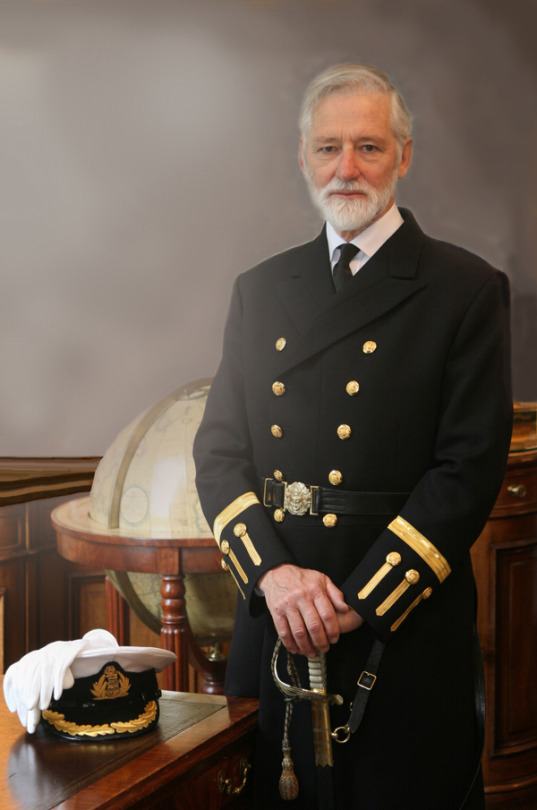
Richard Woodman
Writer who drew on his own experience at sea in a series of novels and historical works about the British merchant navy
“The end was anticlimax. We slipped home unnoticed. Britain turned no hair at our arrival, as just as she has turned no hair at our extinction.” When Richard Woodman published Voyage East in 1988, he knew that the mercantile world depicted within it, which he had joined aged 16, was gone.
The first-person novel – which never reads like fiction – describes the voyage of a cargo liner carrying goods and passengers from Liverpool to Singapore, Hong Kong, Kobe and Shanghai in the mid-1960s. There is a moment, off the coast of Borneo, when the captain sees a vessel with half a dozen grey aluminium boxes on her foredeck: “What the devil are they?” he asks the pilot. “‘They’re containers, Captain,’ the Pilot replied, and no one on the bridge heard the sentence of death pronounced upon us.”
Woodman, who has died aged 80, became the memorialist of the merchant fleets. Between 2008 and 2016 he wrote the history of the British merchant navy in five volumes, followed by A Low Set of Blackguards, a two-volume history (2016-17) of the East India Company.
His outstanding contribution came through his three second world war convoy histories: Arctic Convoys (1994), Malta Convoys (2000) and The Real Cruel Sea (2005). These are works of passion, based on experience and scrupulous research.
The loss of life among merchant seamen was proportionately greater than in any of the armed services and the recognition they received far less. From the beginning of the war a seafarer’s pay was stopped the minute his ship was sunk. “Time spent fighting for his life on a float or lifeboat was an unpaid excursion,” wrote Woodman.
While Winston Churchill acknowledged the crucial importance of the Battle of the Atlantic to national survival, it was not until 2012 that those who had served in the Arctic convoys, and had taken the highest casualties of all, were retrospectively honoured.
Born in north London, Richard was the elder son of Rosalie (nee Cann) and Douglas Woodman, a civil service administrator. Though he was far from the sea, his imagination was captured by the works of Arthur Ransome, Daniel Defoe, RM Ballantyne and Alan Villiers, and his enthusiasm nurtured by Sea Scout membership.
He was the youngest member of the Sea Scout crew that sailed the ex-German yawl Nordwind in the 1960 Tall Ships race and, despite failing all but two of his O-levels, he was accepted as an indentured apprentice with the Alfred Holt (Blue Funnel) line in 1960.
His first long trip to Australia came as a midshipman on the SS Glenarty, returning via the US: “I had been round the world before I would have been allowed inside a British pub.” Life on board ship took place in an uncompromising, all-male environment: the almost compulsory swearing, drinking and sexist banter encouraged the development of “a carapace behind which we hid our private selves”.
Woodman responded eagerly to the hands-on education in seamanship and navigation, developed his writing and sketching through the log-keeping and read his way through the excellent ships’ libraries provided by the Marine Society. He completed his four-year apprenticeship and gained his second mate’s certificate. He was, however, in love and hated saying goodbye to his girlfriend, Christine Hite, an art student, for many months at a time.
He left Blue Funnel in the mid-1960s and went to work for the Ocean Weather Service, where he discovered how vicious the North Atlantic winter weather systems could be – and how pitilessly an ex-second world war corvette would roll. Fortunately it was not long before a temporary position became available with Trinity House, the corporation charged with the maintenance of navigation marks around England, Wales and the Channel Islands.
The position became permanent; he and Christine married in 1969 and settled in Harwich, Essex, near the Trinity House east coast depot, and he served the corporation for most of the rest of his life.
The work at sea was varied, challenging, sometimes dangerous. Precise navigation, seamanship and attention to detail were essential qualities, but Woodman also found time to write. His first novel, The Eye of the Fleet, was published in 1981. This introduced a series of 14 adventures featuring the young Nathaniel Drinkwater, a hero somewhat in the Horatio Hornblower mode but bearing the unmistakable stamp of a writer who was also a sailor.
Despite his professional career being in motorised vessels, Woodman loved traditional gaff-rigged yachts, particularly his own Kestrel and then Andromeda, in which he and Christine explored the east coast rivers and beyond. The action of his nautical novels often turns on neat, seamanlike manoeuvres as well as including varied and closely observed seascapes.
His productivity was astonishing. He often wrote two or three novels a year and soon added non-fiction to his output. When he became captain of Trinity House Vessel Patricia, he achieved this by having two desks, one from which he could conduct official business, the other hidden behind a door, with a page from the work in progress always ready in the typewriter.
Meanwhile, in his job he was extremely focused, conscientious and painstaking. Although some remember him as being of the “old school”, Jill Kernick, the first woman in almost 500 years to work at sea for Trinity House, credits him with helping her break through traditional barriers in the early 80s.
In 1997 Woodman retired to write full time, but was soon elected a Younger Brother of Trinity House, and then an Elder Brother, the first time a former employee was accorded this honour. He was diagnosed with cancer in 2003 but there was no let-up in his work rate. His last completed novel, A River in Borneo (2022), harks back to 60s Indonesia but sets its final scene in a Colchester hospice.
He is survived by Christine and their children, Abigail and Edward, and grandson, Arlo.
🔔 Richard Martin Woodman, master mariner and author, born 10 March 1944; died 2 October 2024
Daily inspiration. Discover more photos at Just for Books…?
26 notes
·
View notes
Text
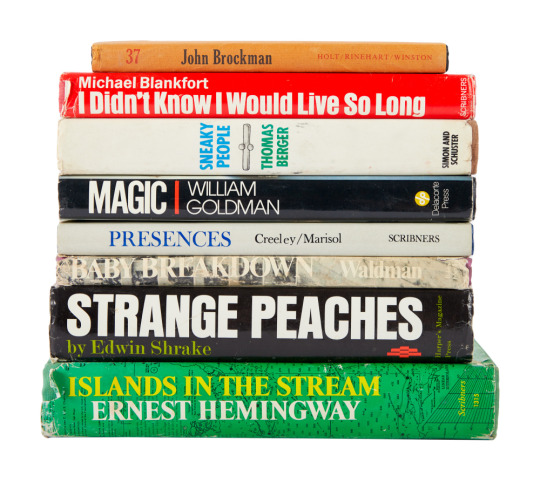
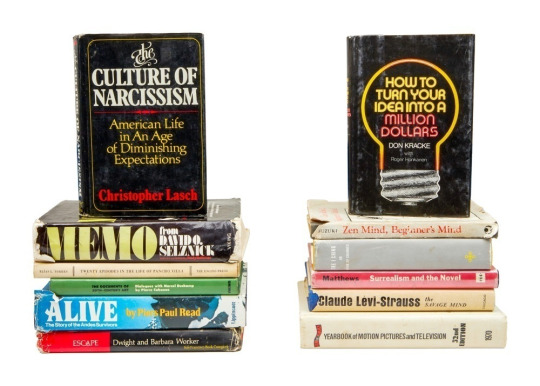





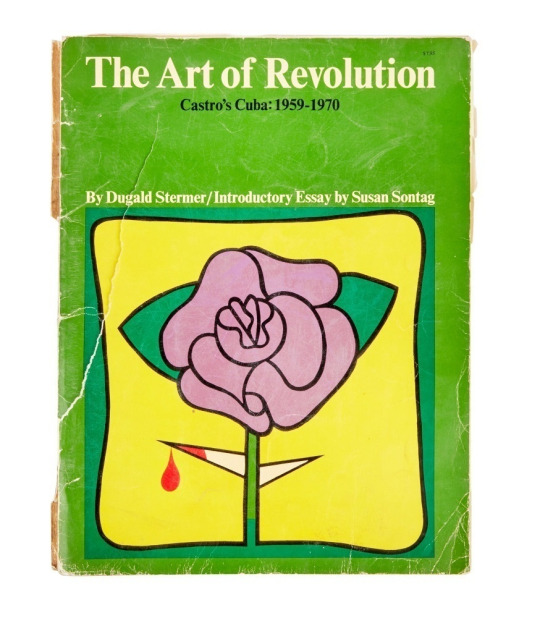
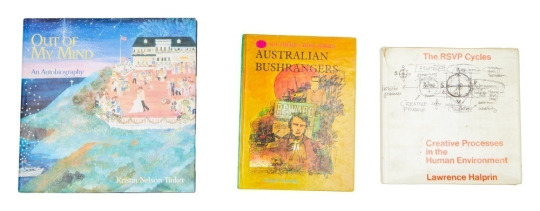

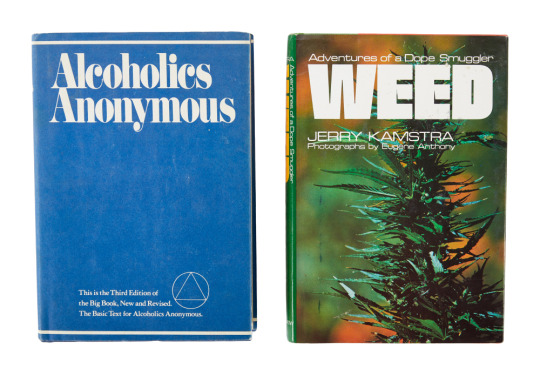




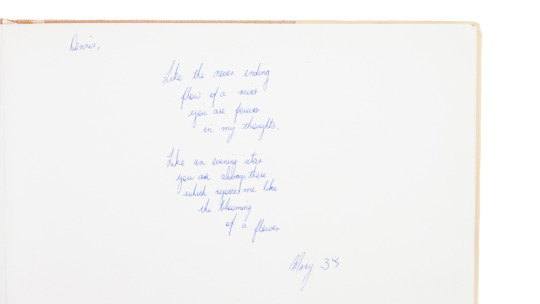
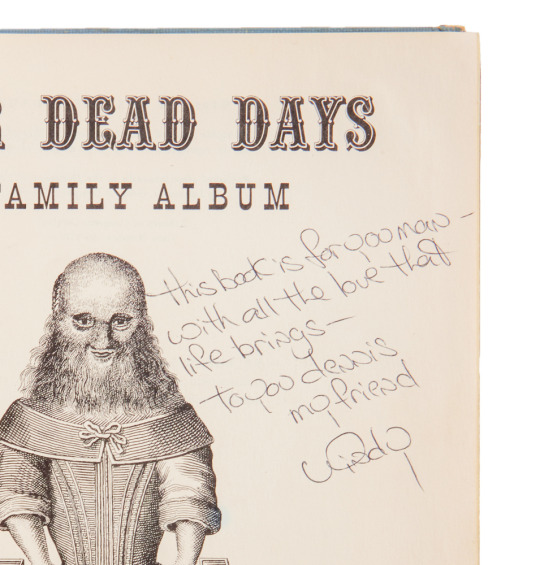
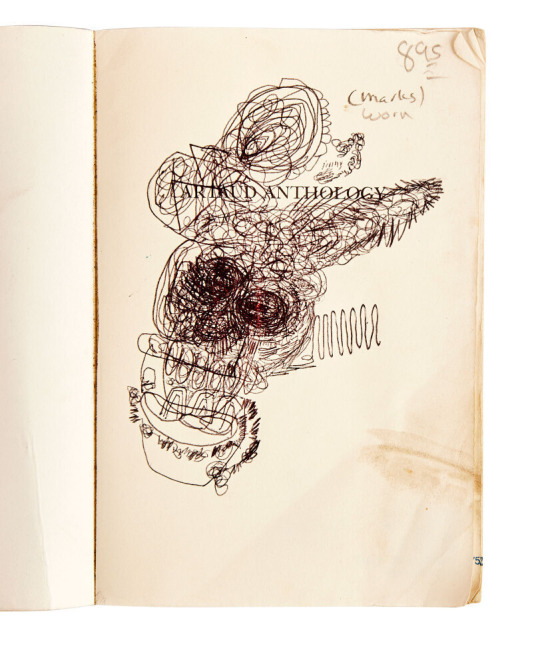
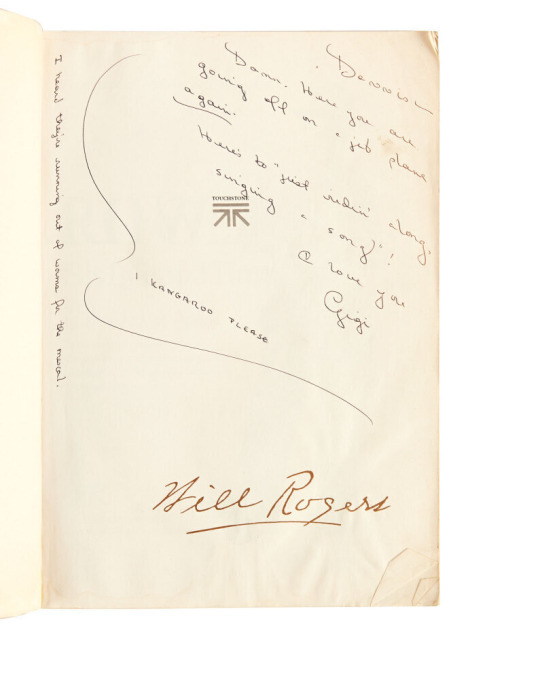
Dennis Hopper's collection of owned and gifted books (a few are listed under the cut)
Islands in the Stream (Charles Scribner's Sons, 1970)
Magic (Delacorte Press, 1976)
Sneaky People (Simon and Schuster, 1975)
Strange Peaches (Harper's Magazine Press, 1972)
I Didn't Know I Would Live So Long (Charles Scribner's Sons, 1973)
Baby Breakdown (The Bobbs-Merrill Company, Inc., 1970)
37 (Holt, Rinehart and Winston, 1970)
Presences: A Text for Marisol (Charles Scribner's Sons, 1970)
Little Prayers for Little Lips, The Book of Tao, The Bhagavadgita or The Song Divine, and Gems and Their Occult Power.
Lolita (G.P. Putnam's Sons, 1955)
The Dramas of Kansas (John F. Higgins, 1915)
Joy of Cooking (The Bobbs-Merrill Company, 1974)
The Neurotic: His Inner and Outer Worlds (First edition, Citadel Press, 1954)
Out of My Mind: An Autobiography (Harry N. Abrams, Inc., 1997)
The Savage Mind (University of Chicago Press, 1966)
Alive: The Story of the Andes Survivors (J.B. Lippincott Company, 1974)
The Documents of 20th Century Art: Dialogues with Marcel Duchamp (Viking Press, 1971)
The Portable Dorothy Parker, A Portrait of the Artist as a Young Man, I Ching, and How to Make Love to a Man.
John Steinbeck's East of Eden (Bantam, 1962)
James Dean: The Mutant King (Straight Arrow Books, 1974) by David Dalton
The Moviegoer (The Noonday Press, 1971)
Erections, Ejaculations, Exhibitions and General Tales of Ordinary Madness (City Light Books, 1974)
Narcotics Nature's Dangerous Gifts (A Delta Book, 1973)
The Egyptian Book of the Dead (Dover Publications, 1967)
Tibetan Yoga and Secret Doctrines (Oxford University Press, 1969)
Junky (Penguin Books, 1977) by William S. Burroughs
Weed: Adventures of a Dope Smuggler (Harper & Row, 1974)
Alcoholics Anonymous (Alcoholics Anonymous World Services, 1976)
Skrebneski Portraits - A Matter of Record, Sketchbooks of Paolo Soleri, and High Tide.
Raw Notes (The Press of the Nova Scotia College of Art and Design, 2005)
Le Corbusier (Heidi Weber, 1965)
Henry Moore in America (Praeger Publishers, 1973)
Claes Oldenburg (MIT Press, 2012)
Notebooks 1959 1971 (MIT Press, 1972)
A Day in the Country (Los Angeles County Museum of Art, 1985)
Album Celine (Gallimard, 1977)
A Selection of Fifity Works From the Collection of Robert C. Scull (Sotheby Parke Bernet, Inc. 1973)
Collage A Complete Guide for Artists (Watsun-Guptill Publications, 1970)
The Fifties Aspects of Painting in New York (Smithsonian Institution Press, 1980)
A Bottle of Notes and Some Voyages (Rizzoli International Publications, 1988)
All Color Book of Art Nouveau (Octopus Books, 1974)
A Colorslide Tour of The Louvre Paris (Panorama, 1960)
Dear Dead Days (G. P. Putnam's Sons, 1959)
Woman (Aidan Ellis Publishing Limited, 1972)
The Arts and Man ( UNESCO, 1969)
Murals From the Han to the Tang (Foreign Languages Press, 1974)
A (Grove Press Inc., 1968)
Andy Warhol's Index Book (Random House, 1967)
Voices (A Big Table Book, 1969)
Another Country (A Dell Book, circa 1960s)
On The Road (Signet, circa 1980s)
97 notes
·
View notes
